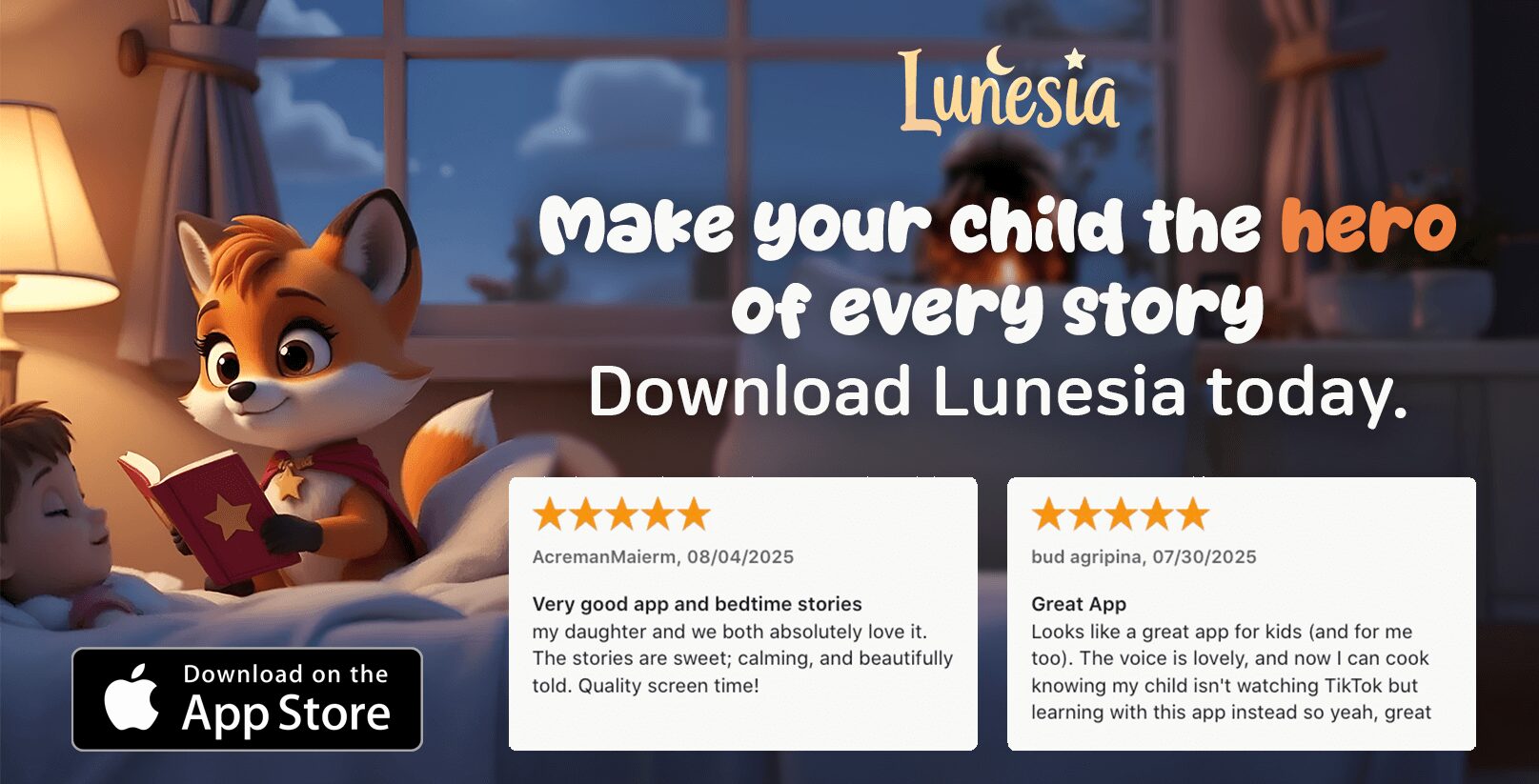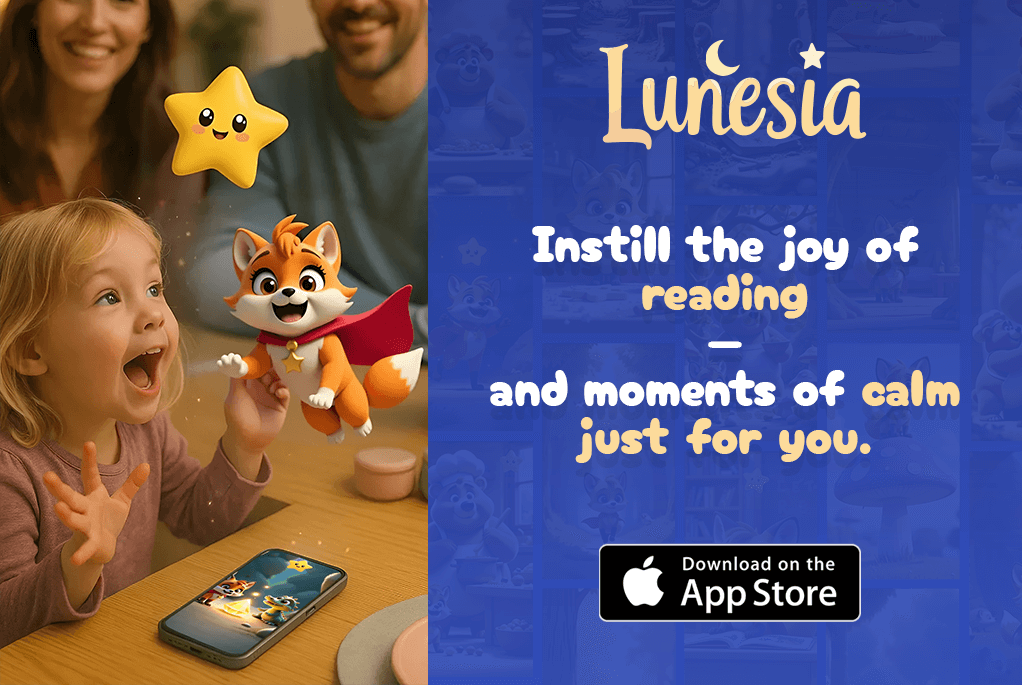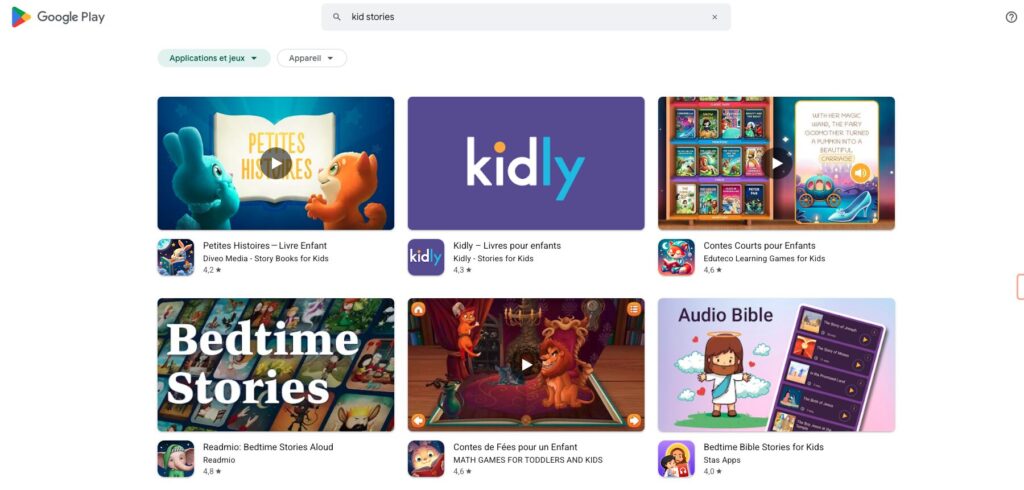
Every night, as I tuck my little one in, I realize something magical happens. Those quiet moments with a book aren’t just about winding down—they’re shaping character. Stories have a way of sneaking into young hearts, sparking understanding without a single lecture.
Research shows that 68% of parents notice their children show more empathy after storytime. Why? Because tales activate seven times more brain regions than plain instructions. They make lessons about kindness, courage, and fairness feel real.
I’ve watched my child wrestle with a character’s choices, then apply those insights to life. It’s not just me—studies from Cambridge confirm that analyzing narratives boosts moral reasoning. Bedtime rituals are more than routines; they’re blueprints for ethical growth.
This article blends timeless wisdom with modern science to help you guide your little ones. Together, we’ll explore how simple stories can nurture big hearts.
Why Bedtime Stories Are a Powerful Tool for Teaching Values
Long before books filled shelves, people gathered around fires to share tales that shaped generations. Cave paintings from 30,000 years ago weren’t just art—they were the first storytelling tools passing down lessons about survival and community.
The Timeless Guide to Right and Wrong
Consider Aesop’s Fables, where a clever fox or steady tortoise showed children the consequences of actions. These animal tales from 600 BCE still resonate because they link experiences to ethics. When the printing press arrived, it transformed how we share values, making wisdom accessible beyond oral traditions.
Modern neuroscience explains why this works. Mirror neurons fire when kids hear about a character’s struggle, letting them feel the story. Research shows 73% of children recall narrative dilemmas six months later—proof that emotional connections create lasting imprints.
When Fiction Feels Real
Last winter, my son faced a playground conflict. Without prompting, he said, “Remember the bear who shared his honey?” That moment revealed how stories become mental rehearsals for real life. Psychologist Murray’s 2003 work emphasizes that self-narratives shape identity—whether around tribal fires or under bedtime covers.
Bronfenbrenner’s ecological theory applies here too. The tales we choose become part of a child’s cultural ecosystem, quietly reinforcing what matters. It’s not about teaching—it’s about letting them live the lesson.
Choosing the Right Stories to Teach Ethical Lessons
The bookshelf in my daughter’s room holds more than just tales—it’s a toolbox for life. Every spine represents a chance to shape her understanding of fairness, kindness, or bravery. But not all books pack the same punch. Here’s how to pick the ones that do.
Spotting Hidden Lessons in Simple Plots
Even silly stories can harbor deep lessons. Take The Three Little Pigs: beneath the huffing and puffing lies a lesson about preparation. I use a simple trick—ask, *”What would the character lose or gain by their choices?”*
For example, Lamplighter Publishing’s classics like Sir Malcolm and the Missing Prince turn loyalty into an adventure. Children absorb these themes because they’re wrapped in excitement, not lectures.
Diversity: Windows and Mirrors
Stories should reflect all perspectives. When we read Last Stop on Market Street, my son noticed how CJ’s bus ride taught gratitude. Muslim-authored The Proudest Blue opened conversations about resilience and cultural pride.
| Virtue | Book Title | Key Lesson |
|---|---|---|
| Honesty | The Empty Pot | Truth wins over perfection |
| Courage | Horton Hears a Who! | Stand up for others |
| Kindness | Bucket Filling series | Small acts create joy |
Need help finding more? Librarians are goldmines. One shared this tip: *”Look for books where characters grow, not just giggle.”*
I rotate books weekly—two favorites, one new pick. This keeps the content fresh but familiar. Try it! Your family’s bookshelf might just become their first school of life.
How to Use Bedtime Stories to Teach Values
The real magic happens after “The End”—when little voices start asking, “But why did she do that?” Those questions are golden opportunities. Here’s how to turn them into lasting lessons.

Build a Ritual, Not Just a Routine
Consistency matters. Our 20-minute sessions follow this rhythm:
- 5-minute warm-up: “Remember yesterday’s brave mouse? Tonight’s character faces a similar choice.”
- 10-minute reading: Use the pause-and-predict technique—stop at cliffhangers to ask, “What would you do next?”
- 5-minute reflection: “How was the owl’s solution different from yours?”
Spark Deeper Talks
For younger children (3-5 years), keep it concrete: “How did the puppy feel when lost?” Older kids (6-8) can handle dilemmas: “Was sharing the treasure the only way?”
I made a mistake early on—firing questions like a quiz show. Now, I wait. Silence often births the best insights.
“Don’t explain the moral. Let them discover it through the dirt on their hands.”
Make It Tangible
Try these tools:
- Story stones: Paint rocks with story symbols. Kids arrange them to retell ethical journeys.
- Moral journals: For ages 7+, sketch or write responses to “What’s the hardest choice you saw today?”
Last week, my daughter used stones to replay the tortoise’s persistence—then applied it to her math homework. That’s when learning sticks.
The Role of Characters in Imparting Life Lessons
Characters in stories often become role models for kids, shaping their decisions in surprising ways. Whether it’s a brave squirrel or a clever fox, these figures help children navigate the complexities of life. They offer a safe space to explore emotions and choices without real-world consequences.
How Children Relate to Story Characters
Kids see themselves in the characters they love. My son, for example, idolizes Katniss from The Hunger Games because of her courage and resourcefulness. This connection helps him understand the impact of standing up for others.
Neurodivergent characters, like Julia from Sesame Street, also play a crucial role. They teach inclusivity and empathy, showing that everyone’s experiences matter. These relatable figures make abstract concepts tangible for young minds.
Using Character Actions to Teach Consequences
Stories like The Boy Who Cried Wolf are perfect for demonstrating the ripple effect of choices. I created a simple flowchart to help my son map out the consequences of the boy’s actions. It turned a classic tale into a practical lesson about honesty.
Another fun activity is creating “character report cards.” Kids grade characters based on their ethical decisions. For example, my daughter gave the tortoise from The Tortoise and the Hare an A+ for perseverance. This exercise reinforces understanding of positive traits.
| Character | Trait | Lesson |
|---|---|---|
| Katniss Everdeen | Courage | Stand up for others |
| The Tortoise | Perseverance | Slow and steady wins the race |
| Julia | Inclusivity | Everyone belongs |
These methods not only make learning fun but also help kids internalize ethical principles. For more insights on how morality develops through narratives, explore this resource.
Teaching Values Through Stories: Practical Tips for Parents
One evening, as we settled into our bedtime routine, I noticed how effortlessly stories sparked meaningful conversations. These moments became opportunities to guide my child’s understanding of the world. Here are some practical ways to make the most of this time.

Using Open-Ended Questions to Encourage Reflection
After reading, I often ask, “What would you have done in that situation?” This simple question encourages my child to think critically. Open-ended questions like these help kids connect the story to their own life.
For example, after reading The Rainbow Fish, we discussed how sharing can build friendships. This led to a deeper conversation about resolving conflicts with siblings. These discussions turn lessons into real-world applications.
- Develop “what if” scenarios to extend story plots.
- Create virtue sticker charts aligned with story themes.
- Annotate books with post-its highlighting key morals.
Reinforcing Positive Behaviors Through Story Outcomes
Stories often show the consequences of actions. I use these outcomes to reinforce positive behaviors. For instance, after reading The Empty Pot, we talked about the importance of honesty.
Here’s a simple table to pair books with virtues:
| Virtue | Book Title | Key Lesson |
|---|---|---|
| Honesty | The Empty Pot | Truth wins over perfection |
| Courage | Horton Hears a Who! | Stand up for others |
| Kindness | Bucket Filling series | Small acts create joy |
These pairings make it easier for parents to choose stories that align with the values they want to instill.
“Don’t explain the moral. Let them discover it through the dirt on their hands.”
Another tip is to create a monthly virtue calendar with paired book suggestions. This keeps the lessons fresh and engaging. For example, in November, focus on gratitude with Last Stop on Market Street.
By using these practical ways, you can turn bedtime into a meaningful ritual that nurtures your child’s character.
The Long-Term Impact of Bedtime Stories on Children’s Morality
As I look back on my own childhood, I realize how much the stories I heard shaped who I am today. Those moments weren’t just about entertainment—they were building blocks for my understanding of right and wrong. Research shows that bedtime tales have a lasting impact on a child’s moral development, influencing their empathy, kindness, and decision-making well into adulthood.
How Stories Shape a Child’s Understanding of Right and Wrong
A 20-year longitudinal study found that children exposed to regular storytime showed 40% higher emotional intelligence. These kids were better at recognizing emotions in others and resolving conflicts peacefully. Why? Because stories provide a safe space to explore complex moral dilemmas without real-world consequences.
For example, fMRI research by Zak (2015) revealed that hearing narratives triggers oxytocin release, often called the “empathy hormone.” This chemical response helps kids connect deeply with characters, making ethical lessons more memorable. A teacher survey even found that 92% of educators noticed better conflict resolution skills in students who were avid readers.
The Role of Storytelling in Developing Empathy and Kindness
Stories don’t just teach—they transform. Vezzali’s 2014 study showed that narrative transportation, or the ability to immerse oneself in a story, reduces prejudice and fosters inclusivity. When kids step into a character’s shoes, they learn to see the world from different perspectives.
Adult testimonials often highlight how childhood books guided their ethical decisions. One parent shared, *”Reading The Giving Tree taught me the importance of generosity—a lesson I still carry today.”* This “ethics antibodies” theory suggests that repeated exposure to moral narratives builds resilience against negative influences.
Here’s a quick comparison of how storytelling stacks up against traditional lectures:
| Method | Impact on Moral Reasoning |
|---|---|
| Storytelling | 73% recall of ethical dilemmas after 6 months |
| Lectures | 23% recall of key points after 6 months |
To counter concerns about media overexposure, experts recommend curating content that aligns with your family’s values. A Harvard study even linked childhood reading to increased civic engagement later in life, proving that these early experiences shape not just individuals, but communities.
Conclusion: Transforming Bedtime into a Lesson in Morality
Bedtime isn’t just about sleep—it’s a quiet moment to shape your child’s heart. Stories have a unique way of weaving lessons into their understanding of the world. I’ll never forget the day my child stood up for a bullied peer, inspired by a character’s courage. That’s the impact of these nightly rituals.
Ready to make the most of this time? Start with a 30-day storytelling challenge. Choose tales that reflect the values you want to instill, like honesty or kindness. Remember, consistency matters more than perfection. Even five minutes can leave a lasting impression.
To track progress, download our free printable milestone tracker. It’s a simple way to celebrate your child’s moral growth. As you read, remember: your voice shapes their compass. From ancient firesides to modern bedsides, stories have always guided children through life’s challenges.
So, which story will you share tonight? The choice is yours, and the possibilities are endless.
FAQ
Why are bedtime stories effective for teaching life lessons?
They create a safe space for kids to explore emotions and decisions. Stories help children process complex ideas in a simple, relatable way.
How do I pick books that reinforce good behavior?
Look for narratives where characters face real dilemmas. Books like “The Giving Tree” or “Aesop’s Fables” show clear cause-and-effect relationships.
What’s the best way to discuss morals after reading?
Ask questions like “What would you do?” instead of lecturing. Let them form opinions while gently guiding their reasoning.
Can fairy tales still teach relevant lessons today?
Absolutely! Classic tales like “The Tortoise and the Hare” teach perseverance. Just balance them with modern stories featuring diverse backgrounds.
How often should we incorporate value-based storytelling?
Consistency matters more than frequency. Even 10-15 minutes nightly creates lasting impact when paired with meaningful conversations.
What if my child prefers action-packed books over moral tales?
Great! Look for underlying themes in their favorites. Superhero stories often explore justice, teamwork, and responsibility.
At what age does this approach work best?
Start as early as 2 years with simple picture books. Adjust complexity as they grow—teens benefit from discussing character motivations in chapter books.



